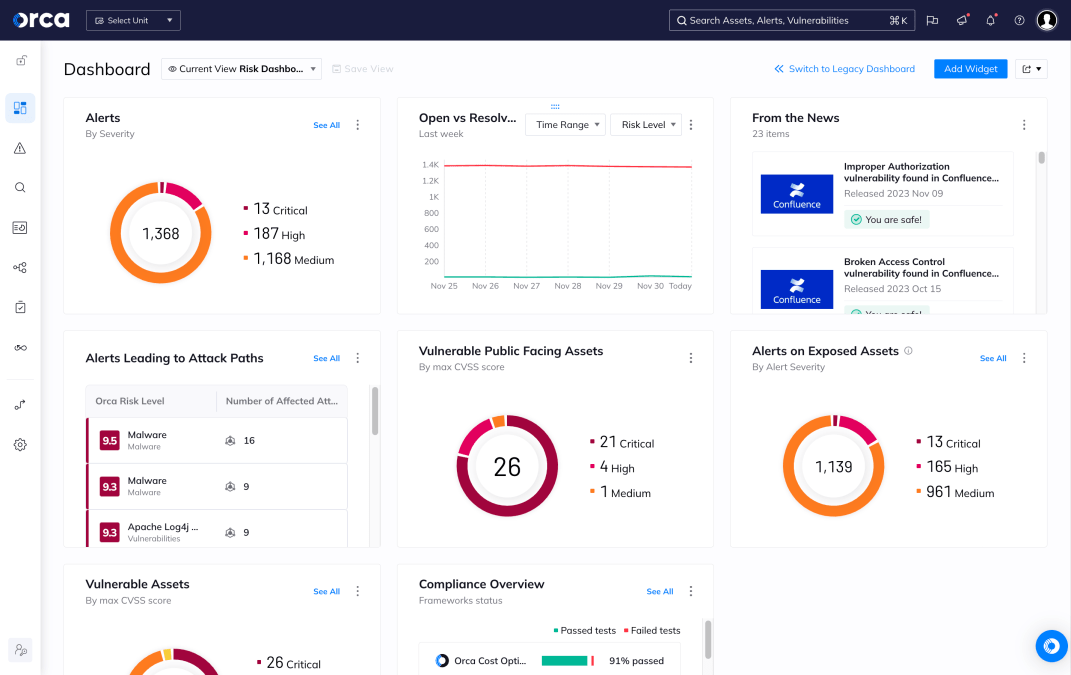Log analysis is the systematic process of examining, interpreting, and extracting meaningful insights from log data generated by systems, applications, networks, and security tools. In cloud security and cybersecurity, log analysis serves as a critical investigative and monitoring capability that helps organizations detect threats, troubleshoot issues, ensure compliance, and maintain operational visibility across their digital infrastructure.
Why is it important?
Log analysis forms the backbone of modern security operations and incident response capabilities. As organizations migrate to cloud environments and adopt complex, distributed architectures, the volume and variety of log data have increased exponentially. This data contains valuable intelligence about system behavior, user activities, security events, and potential threats that would otherwise remain hidden.
Effective log analysis enables security teams to identify suspicious patterns, detect advanced persistent threats, and respond to incidents before they escalate into major breaches. According to CISA’s guidance on event logging and threat detection, comprehensive logging and analysis capabilities are essential for detecting and responding to cybersecurity incidents. Organizations that implement robust log analysis practices can reduce their mean time to detection (MTTD) and mean time to response (MTTR), significantly limiting the potential impact of security incidents.
From a compliance perspective, log analysis helps organizations meet regulatory requirements such as PCI DSS, HIPAA, SOX, and GDPR, which mandate the collection, retention, and analysis of security-relevant log data. The ability to demonstrate continuous monitoring and incident response capabilities through log analysis is increasingly becoming a business imperative.
How does it work?
Log analysis involves several interconnected processes that transform raw log data into actionable security intelligence. The process typically begins with log collection, where data is gathered from diverse sources including operating systems, applications, databases, network devices, cloud services, and security tools.
Once collected, logs undergo normalization and parsing to standardize different log formats into a common structure. This step is crucial because logs from different sources often use varying formats, timestamps, and field names. Modern log analysis platforms employ parsing engines that can handle structured, semi-structured, and unstructured log data.
The normalized data is then indexed and stored in searchable repositories, often leveraging technologies like Elasticsearch or cloud-native storage solutions. Advanced log analysis systems apply correlation rules, machine learning algorithms, and behavioral analytics to identify patterns, anomalies, and potential security events. These systems can establish baselines of normal behavior and flag deviations that may indicate security incidents.
Security analysts use query languages, dashboards, and visualization tools to investigate specific events, conduct threat hunting activities, and generate reports. Modern platforms also support automated alerting and integration with security orchestration and automated response (SOAR) tools to enable rapid incident response.
Security risks and challenges
Log analysis faces several significant security risks and operational challenges that can undermine its effectiveness. One primary concern is log tampering or deletion by malicious actors who want to cover their tracks. Attackers often target logging infrastructure to disable monitoring capabilities or modify log entries to hide evidence of their activities.
The sheer volume of log data presents another major challenge. Large organizations can generate terabytes of log data daily, making it difficult to identify relevant security events among the noise. This volume challenge is compounded by the variety of log formats and the velocity at which new data arrives, creating what security professionals call the “big data problem” in security operations.
False positives represent a persistent challenge in log analysis, as overly sensitive detection rules can overwhelm security teams with alerts that turn out to be benign activities. Conversely, false negatives occur when legitimate threats go undetected due to inadequate coverage or poorly tuned detection logic.
Cloud environments introduce additional complexities, including ephemeral infrastructure, distributed architectures, and shared responsibility models that can create blind spots in log collection and analysis. According to NIST’s cloud security guidance, organizations must carefully design their logging strategies to maintain visibility across cloud services while respecting provider limitations.
Storage and retention costs can become prohibitive, especially for organizations that need to maintain long-term log archives for compliance purposes. The challenge is balancing comprehensive logging with cost-effective storage and retrieval capabilities.
Best practices and mitigation strategies
Implementing effective log analysis requires a strategic approach that addresses both technical and operational considerations. Organizations should begin by developing a comprehensive logging policy that defines what events to log, retention periods, and access controls. This policy should align with regulatory requirements and business objectives while considering the organization’s risk tolerance and available resources.
Centralized log management is essential for effective analysis, as it provides a single point of visibility across the entire infrastructure. Organizations should implement secure log forwarding mechanisms and ensure that critical systems cannot disable or modify their logging capabilities locally.
Time synchronization across all logging sources is crucial for accurate correlation and incident reconstruction. Implementing Network Time Protocol (NTP) or similar time synchronization mechanisms ensures that events can be properly sequenced and correlated across different systems.
Regular log review and tuning activities help optimize detection capabilities while reducing false positives. Security teams should establish baseline behaviors, tune correlation rules based on environmental characteristics, and continuously refine their detection logic based on emerging threats and operational feedback.
Implementing proper access controls and audit trails for the log analysis infrastructure itself is critical. Organizations should treat their logging systems as high-value assets that require protection from unauthorized access and modification.
Automated analysis capabilities, including machine learning and behavioral analytics, can help organizations scale their log analysis programs while improving detection accuracy. However, these capabilities should supplement, not replace, human expertise and oversight.
How Orca Security helps
The Orca Cloud Security Platform addresses log analysis challenges through its comprehensive cloud security platform that provides:
- Agentless-first log data collection from cloud environments via cloud-native APIs—no installation or configuration of agents required
- Automatic discovery and monitoring of all cloud assets including workloads, identities, data, and more
- Intelligent log correlation that connects log data with vulnerability, configuration, and threat intelligence for deeper insights
- Advanced anomaly detection to surface suspicious behaviors while minimizing false positives
- Contextual risk scoring and prioritization that helps teams focus on alerts that pose the highest business risk
- Advanced Cloud Detection and Response (CDR) using agentless and real-time detection, prioritization, and remediation
These capabilities enable security teams to conduct efficient, scalable log analysis and incident response without the traditional complexity of log infrastructure management.



